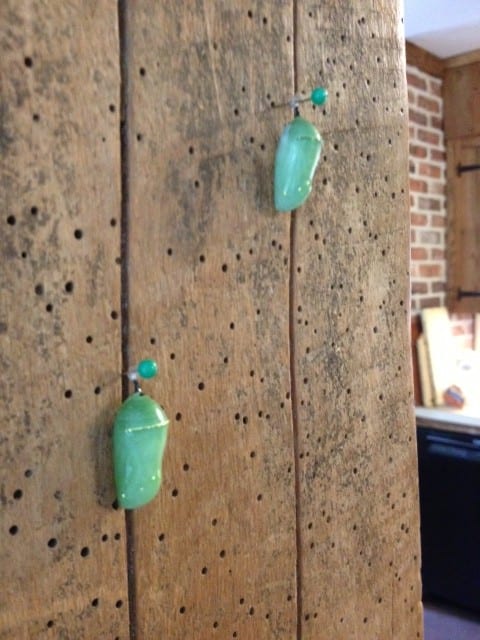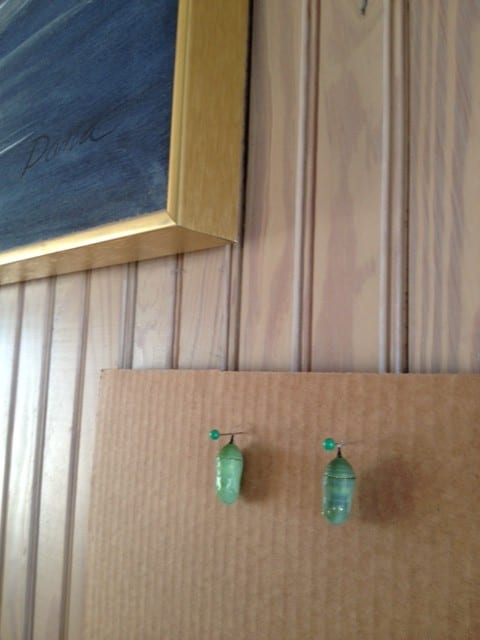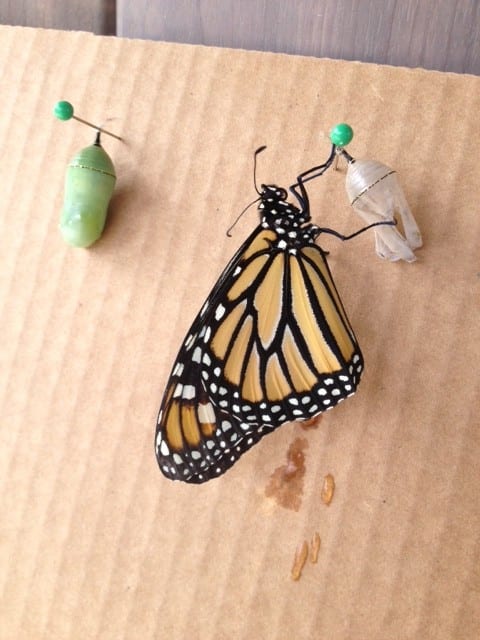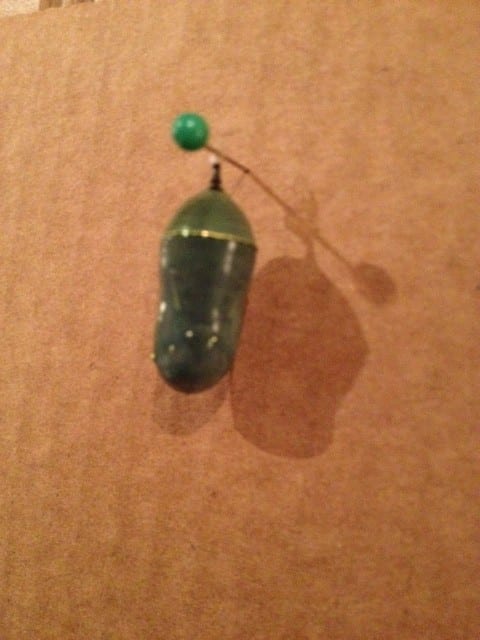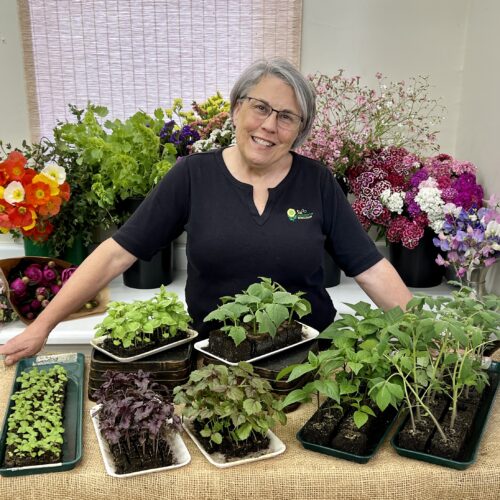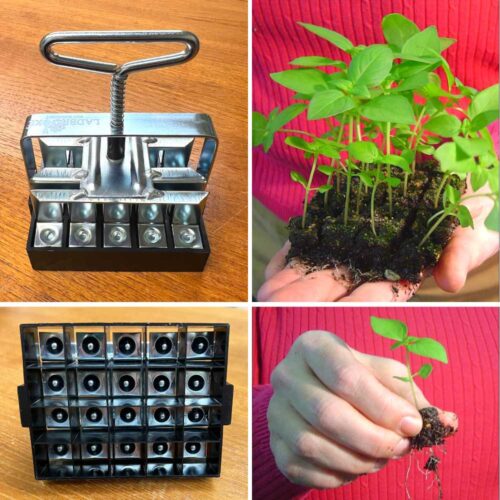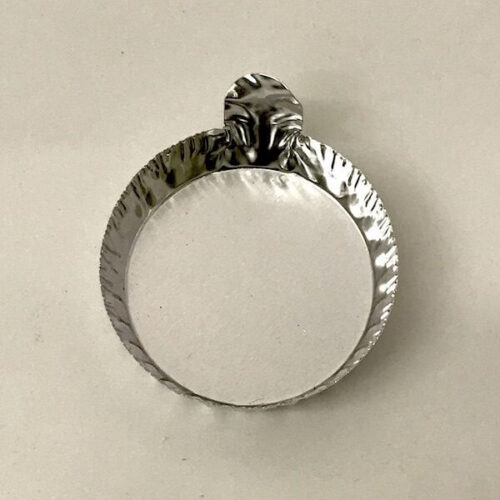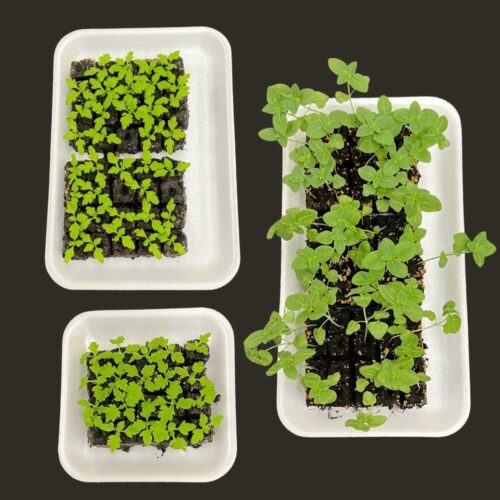Monarch Midwives
Stretching my legs after an open convertible ride back from the Outer Banks, I wander by our biggest butterfly bush. Butterflies everywhere! The bright October sunshine is glittering not only against the blue sky, but off the skittish wings of joyous monarchs—four of them chasing each other all around and over the bush, then away to the goldenrod and back again. Painted ladies and buckeyes join the dance, and dozens of fiery skippers. The movements are so frenetic my trusty iPhone is powerless to capture them. I can only stand in open-mouthed delight.
It’s fall, and my deepest wish for the monarchs is coming true right here at home as well as all the way to Hatteras and back. It turned out two monarchs had needed our midwife attention, and we were more than happy to give it.
At the Virginia Living Museum the week before, Robby had found two monarch chrysalises attached to the side of a tire on the museum van. A speeding butterfly nursery did not seem to be in their best interest, so Robby carefully detached them and brought them home to a barn post in our kitchen.
We watched them all week–these perfect green cases delicately ornamented with what looked like a string of jewels. They remained just as they were.
Departing for a week on Hatteras Island, we tucked the soon-to-be butterflies behind a vase of Lisa’s salvia and dahlias, and headed south. As a concession to the delicate travelers, we kept the top up on the convertible. We could sense a sweetness over our shoulders as we drove along.
Arrived at our beach house, we propped them on the mantel. They began to darken and show markings through the thin covering of the chrysalis. The four of us—friends of fifty years—were hovering in the wings, so to speak. We were to be monarch midwives, along with our husbands.
The third day at the beach, we came home from breakfast at the Diamond Shoals Café, and a cry went up. The first birthing had taken place! We watched as the body of the butterfly pushed fluid into its wings, moved its legs, and tasted the ocean air for the first time.
We sat out on the deck with the butterfly for more than an hour, in the stiff ocean breeze. It barely moved. Just as I turned to Robby and asked, “Do you think it’s all right?” it suddenly made its way to the edge of the cardboard. Barely even practicing its wings at all, it was quickly aloft and out of sight. It left us speechless!
Now all eyes were on the second chrysalis. We had read that they can take 9 to 14 days to emerge. This one was taking longer than the first, but in time it, too, turned black.
Soon the colors were showing through.
And then it was out! This time we got to see the tiny wings unfolding quickly into monarch size as the new butterfly swung and fidgeted on its old skin. We were supposed to catch the ferry to Ocracoke Island, so Robby, warding off a migraine anyway, stayed behind to keep the hatchling company.
After another hour or two, suddenly this one too, was off—straight up into the blue sky!
Back at the beach house that evening, we felt bereft. Those two tiny packages of gorgeous life, entrusted to us and our care, had lent a mysterious grace and presence to our beach days. We felt that familiar ache of “empty nest.”
But we were joyous, too. Knowing that some monarchs are alive and well, and that we could help them in some small way, lent a delight to our vacation.
Living together for those few days, watching and waiting and wondering, we felt a kinship with the butterflies. As friends of five decades and more, we trace the transformation in each other’s’ faces.But cheering the butterfly through all its stages, we can only celebrate our own as well. We are treasures in the vastness of the seas, the sands, and the skies of this earth.
Susan Yoder Ackerman is a writer and gardener in Newport News, Virginia. Both her writing and her gardening are enhanced by tending a century-old family farmhouse and eight grandchildren that come and go. You can email Susan at [email protected].

